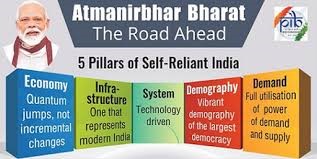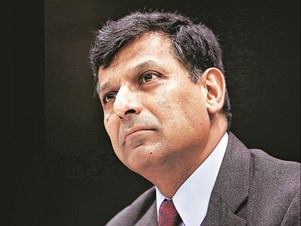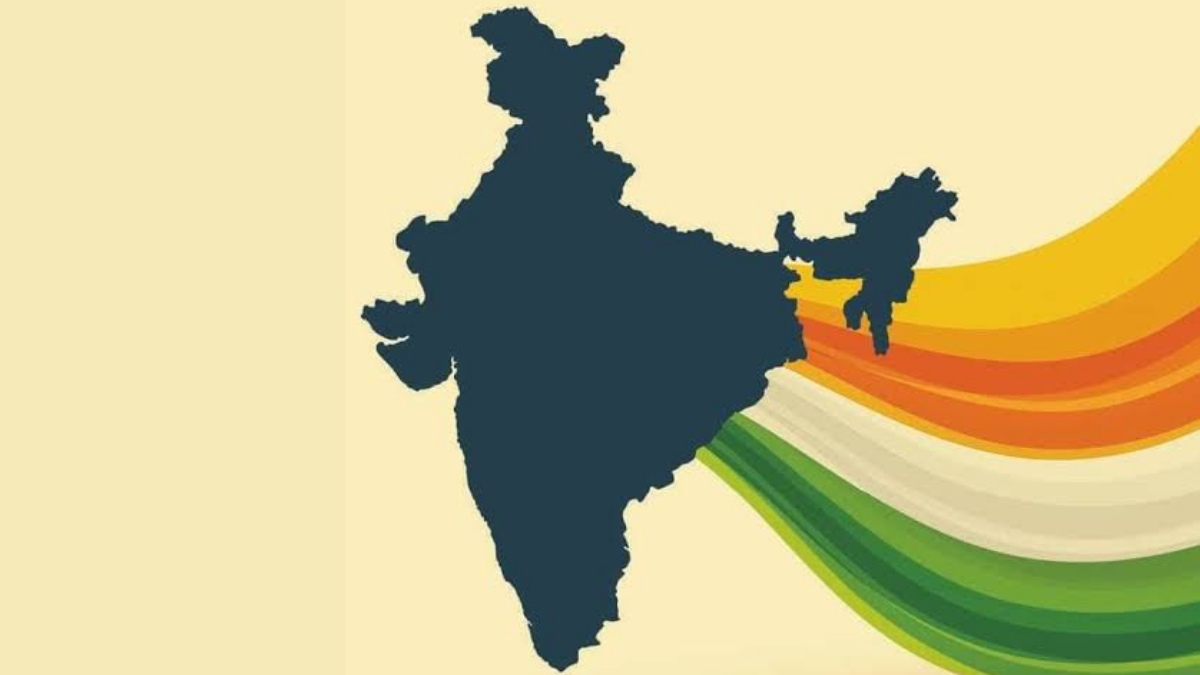After emphasizing the idea of a Self- Reliant Bharat or an ‘Atma Nirbhar Bharat,’ the government has continued to face a volley of questions since then. In light of recent events, a consensus has emerged that India needs to distance itself from China in its International Trade. One of the aims of Self-Reliant India or the Atma Nirbhar Bharat aims towards cutting the import dependence by focusing on substitution while improving the quality of goods to attain global market share, thereby focusing on the importance of promoting ‘local’ products

Source: PIB
Talking about import substitution, it’s a strategy adopted under the trade policy that restricts the import of foreign products and encourages the production of goods in the domestic market. With this kind of a trade policy, the government aims to help and protect the domestic manufacturers from foreign competition either in form of quotas (i.e., by mentioning and specifying the number of goods that can be imported) or by imposing tariffs (i.e., by imposing a tax on imported products; this tax raises the price of the imported products and in a way, discourages their use). If we go back in history, Post- Independence India had adopted this policy by imposing heavy tariffs on import duty intending to boost domestic production and shield domestic products from international competition and had always inclined towards import substitution techniques rather than export promotion.
However, considering the current situation of the economy and the falling GDP, adopting the import-substitution technique might keep us in danger of forgetting the lesson we had learned the hard way.
In line with the recently announced self-reliance campaign to promote local products, the government also planned to impose higher trade barriers and raise import duties on around 300 products from China and elsewhere. Raising import duties and imposing non-tariffs would include stricter quality checks and licensing requirements. Not only this, but the government has also decided to raise taxes on imports of goods such as electronic items, toys, and furniture in February, drawing criticism that it was a protectionist move against foreign businesses.
While introducing the policy, the Government had to face a lot of questions and it assiduously tried to distance itself from the perceptions of protectionism emphasizing on the objective that the introduction of this particular initiative under the Atma Nirbhar Bharat was not about a return to Nehruvian import substitution or autarkic isolationism but was only supposed to enhance exports. But, the presence of import-substitution policies in the government’s post-Covid-19 stimulus package, specifically in the MSME and defense sectors is clearly visible.

Source: Business Standard
Former Reserve Bank Governor, Mr. Raghuram Rajan has also expressed his criticism against the import substitution measure under the Atma Nirbhar Bharat initiative and mentioned, “If the focus (under Atma Nirbhar Bharat initiative) is on import substitution by erecting tariffs, which we have done a lot of in the last few years, then I think it is a direction we have tried before and it has failed. I would caution against going in that direction.” Stressing on the importance of imports, he also said that “China’s rise as an export power came on the back of the assembly. It brought in the stuff, put it together and exported it out… to export, you have to import. Don’t erect huge tariffs and focus on creating the right environment for production in India,”
In the current situation of the economy, where our country is gripped by an economic slowdown and a pandemic is utterly disposing of the nation’s capacities, a more sizable stimulus would have mattered more. We all are aware of how the pandemic has resulted in an unimaginable disruption of global value chains which in return has forced companies to reimagine their supply chains. Not only India, but a lot of other countries have also expressed their desire to reduce dependency on others after this global economic regression.
After considering all the possible situations, the question that arises is, can there be a possibility of globalization excluding all the countries who have misused the system with the help of currency manipulation or non- tariff barriers? For this, a nuanced debate about the future of global trade with different countries is needed to understand that import substitution might not be the best option in such a case as it is likely to slow global growth and delay the prospects of recovery. Even in the case of India, this might be a practice that can be good theoretically but might not be the best solution practically. The only difference between import substitution practiced before and the one likely to be practiced in the future is a more liberal approach towards foreign capital. That is, while companies may face higher duties on importing goods, they’re allowed to invest in India and produce them here. This factor backed by factor market reforms, ease of doing

Source: JVs
business and other reforms can be critical in attracting foreign companies to invest in India. However, a bulk of these investments would be focussed on only catering to domestic markets in the event of other countries also increasing tariffs on goods exported from India. This, in turn, will limit our capacity to rapidly industrialise and establish our manufacturing sector at a time when the world is looking for an alternative to China. In times like these, the most prudent strategy to accelerate the condition of our economy would be to look towards signing free trade agreements with leading western developed economies and regional trading blocs. As a part of the Atmanirbhar Bharat Abhiyan, a free trade agreement with the US, UK and EU can be seriously considered so that it provides Indian factories with a developed market with high purchasing power as India grows to develop further its domestic markets.
In crucial times like these, it’s understandable to go for a ‘vocal for local’ campaign when the import dependence has become very high and many products earlier made in India have majorly been outsourced. However, we should not forget that delaying the economic revival of a country for pushing the ‘vocal for local’ theme in a haphazard and uncalibrated fashion could only lead to becoming India only local and not global.
By Muskaan




